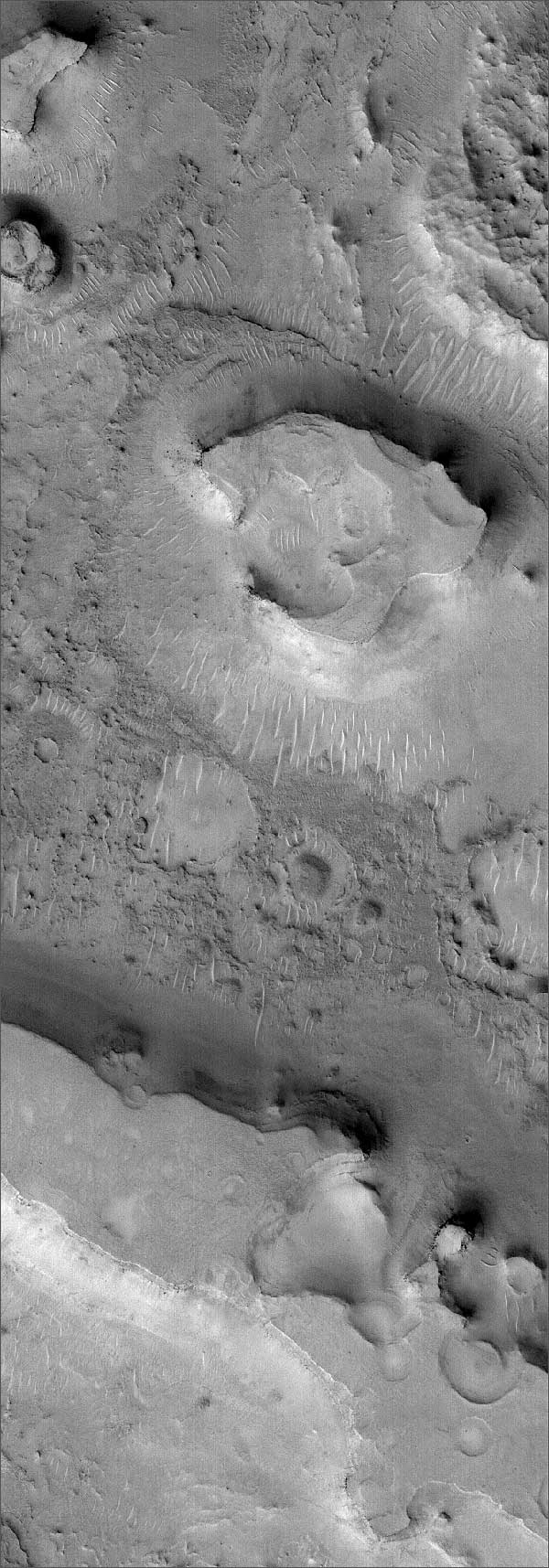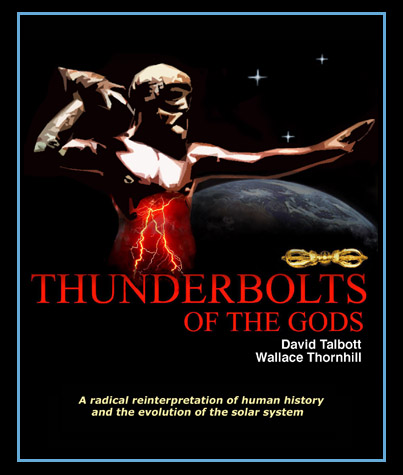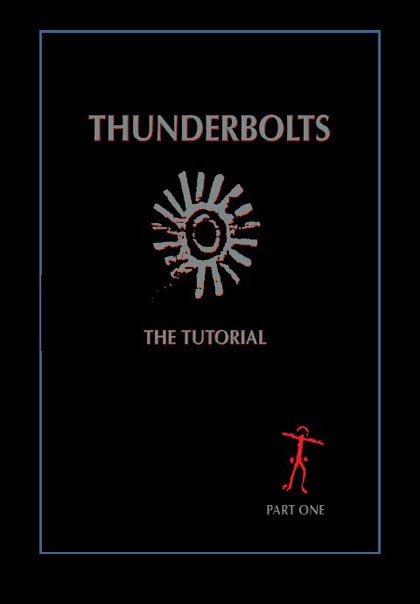
home •
about •
essential guide •
picture of the day •
thunderblogs •
news •
multimedia •
predictions •
products •
get involved •
contact

Credit: NASA/JPL/Malin Space Science Systems
pic of the day
archive
subject index
abstract
archive
Links:
Society for
Interdisciplinary
Studies

Thunderbolts of the Gods is a
108 page 8-1/2 x 11 full color monograph based on the life work of the two
authors--a revolutionary synthesis of comparative mythology and the
newly-discovered "Electric Universe".

The Monograph includes
an hour-long DVD introducing various aspects of the Electric
Universe explained by members of the Thunderbolts Group.
Nov 18, 2005
What Eroded Arabia Terra? (2)
Conventional geological explanations for erosion are stumped by the massive erosion in Arabia Terra. But one process that has been overlooked has all the necessary characteristics.
Arabia Terra on Mars is a heavily cratered area that also has been heavily eroded. It stretches over some 4500 kilometers (around 3000 miles) and is 4 kilometers (2.5 miles) higher in the east and south than in the west and north.
This image from the Mars Orbiter Camera shows several mesas carved out—and into—by the erosional forces. The horseshoe-shaped mesa near the middle of the image has on its top some of the rectangular “cracking” discussed in Part 1. Extensive “dikes” or razorback ridges, also discussed in Part 1, surround it. The razorbacks in Part 1 were in (or on) the slopes at the side of the mesa, but these razorbacks occur far from the slopes. And they are radial to the mesa.
In fact, the north (up) and east sides of the mesa appear to be surrounded by a “moat”—not unexpected if electrical discharge machining (EDM) ate away at the edges of the mesa. The evenly spaced razorbacks extend over the far edge of the moat, something difficult to explain with wind or water but expected from the coronal filaments that would accompany—and be perpendicular to—a discharge.
Significantly, the center of the horseshoe also is marked with moats. They are almost perfectly circular, and they have left small mesas in their centers, as if a bagel had stamped them out. This kind of erosion would be quite remarkable for wind or water, but circularity is an almost necessary aspect of electrical activity. To the south of the horseshoe mesa are many examples of “bagel erosion.” The little mesas with moats extend right up to the top of the bottom mesa, a feat easily accomplished if the erosional force came from above but absurd if surface water or wind had to jump up, spin around, and jump back down.
Again, the eroded landscape between the mesas is covered with shallow vestiges of the parallel-sided circular-ended channels carved by EDM. Many of the channels show the “pinched up” edges that could indicate rubble fused between neighboring discharge channels.
EXECUTIVE EDITORS:
David Talbott, Wallace Thornhill
MANAGING EDITOR:
Mel Acheson
CONTRIBUTING EDITORS: Michael Armstrong, Dwardu Cardona, Ev Cochrane,
C.J. Ransom, Don Scott, Rens van der Sluijs, Ian Tresman
WEBMASTER: Michael Armstrong
Copyright 2005: thunderbolts.info